The Article
Goldring E3 Cartridge: toting a super-elliptical stylus
30th July 2017
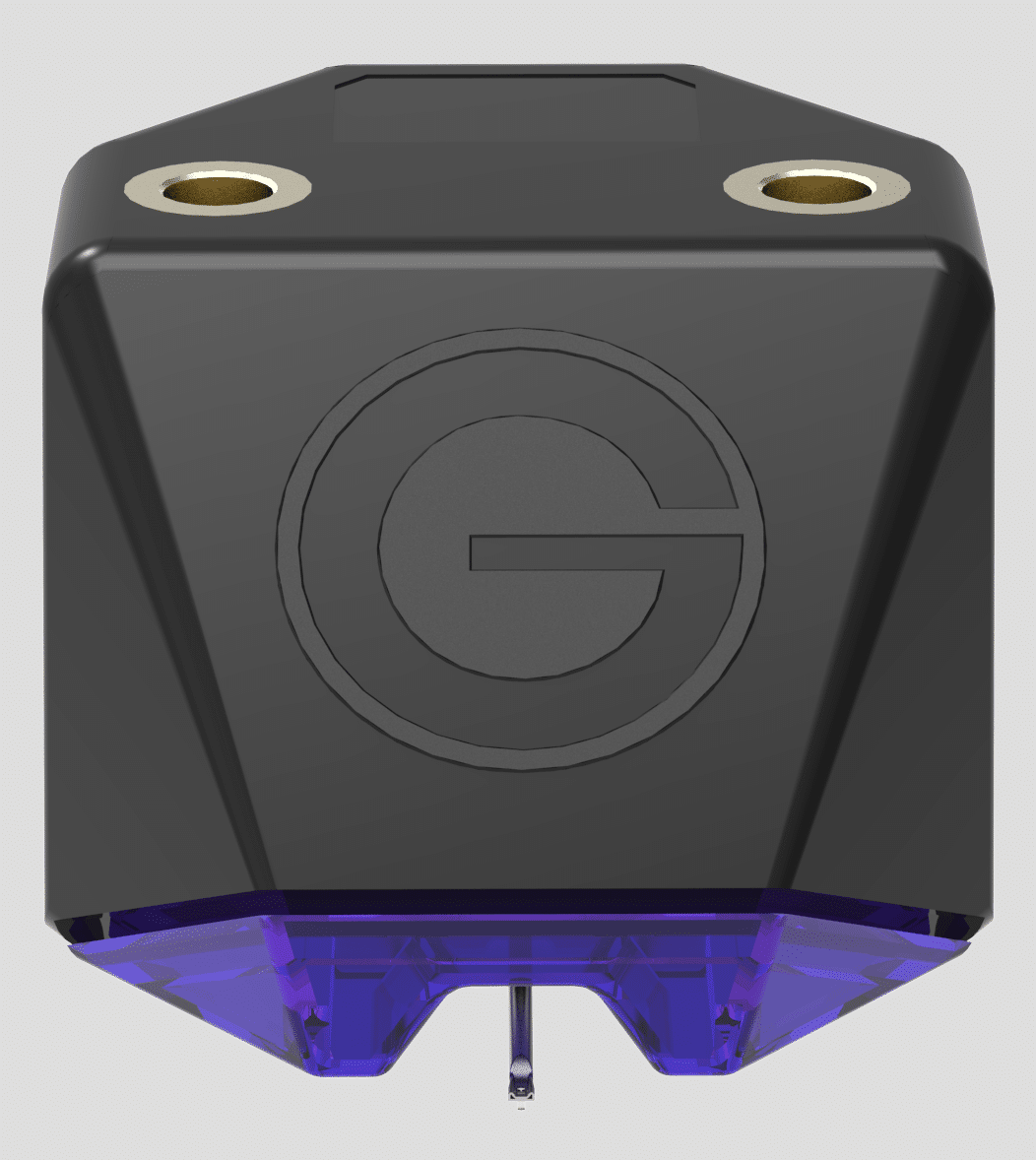
Goldring has been in business since 1906, so it’s about time Paul Rigby reviewed one of its products then, eh? It has waited long enough! In this review, he tackles the new E3 cartridge
The company recently announced the launch of its E series of cartridges. All relatively low cost and all of interest to either budget users or those looking to upgrade their introductory cartridge with something rather more interesting.
The three units in the E series are based upon Magnetic Duplex Technology (you can add a ™ in there, if you wish). The idea behind the technology is to improve stereo rendition. Both the E1 and E2 models include spherical styli with a choice of cantilevers. The E3 model, which I look at here, has an aluminium cantilever – the same unit used on the E1 and E2 – but adds a “superior bonded”, super-elliptical stylus measuring 0.3 x 0.7mil. This is what attracted me to the E3, I was looking for a blend of value and high frequency groove detail retrieval as well as sibilance reduction. Especially as a basic elliptical stylus measure around 0.4 x 0.7mil. Compare those measurements too with the E1 and E2’s spherical tip at 0.6mil.
According to Goldring, “The E Series cartridges use a specially designed adjustment screw to locate the cantilever, rather than the standard xed pin, allowing micro-adjustments during production. This pre-set azimuth means crosstalk is already optimised and the cartridge can be safely installed in a typical turntable with no correction required.”
During the record mastering process the cutting lathe records stereo information as a ‘V’ shaped groove which has perpendicular side walls angled at 45°, “Conventional moving magnet cartridges,” added the company, “use a single large magnet that interacts with two vertically mounted coils to produce a stereo signal from the groove. This can introduce crosstalk and so only offers a modest amount of stereo separation.”
This is why the Goldring E Series cartridges feature a dual magnet arrangement, “Magnetic Duplex Technology uses two low mass magnets which interact only with their partnering pickup coil, angled at 45° to match the cutting head arrangement. This enables the cartridges to more accurately trace the record groove because they precisely emulate the geometry of the cutting head, making for better stereo separation and a more accurate, involving and musical soundstage.”
I was happy to see that the Goldring chassis features threaded screw holes inside the chassis itself. This is a £100 moving magnet cartridge and thus will feature in the hands of beginners or cautious vinyl users possibly unfamiliar with regular cartridge fittings. The last thing you want to do to a nervous hi-fi installer is tell them to juggle tiny screws that dangle outside of a chassis, adopting odd and scary angles depending on how you hold them, with tiny nuts that threaten to ping off into a dimension occupied solely by cartridge nuts, pens and odd socks and then try to tighten the entire thing with a tiny screwdriver while, at the same time, avoiding the cantilever! It’s bad enough asking an experienced hi-fi journalist to do such a thing, never mind an uneasy music fan. Goldring have got this part of the design right.
Fitting the Goldring to my tonearm (with 2g of downforce) was intriguing mainly because, once in there, it looks absolutely enormous! It reminded me of some of the cartridges used on hi-fi in the 60s or even the 50s. The Goldring chassis is obviously a nostalgic reflection on times when men were men and cartridges were the size of an articulated lorry. Yet, the very largeness of the thing also helped in terms of installation. It imbued more confidence during handling.
SOUND QUALITY
I began by playing the original pressing of Nancy Sinatra’s LP Country, My Way, produced by Lee Hazelwood and the track, It’s Such a Pretty World Today, a wholly romantic, even twee song.
The initial impression was an over-whelming sense of focus from the Goldring. This track had Sinatra’s voiced pushed down a classic echo chamber and so, even the slightest midrange smearing combined with excessive noise will puff out the voice in a cloud of nasty distortive attack. The Goldring took immediate control of any potentially wayward frequencies and reigned in the Sinatra voice to give her delivery a rather playful and wistful quality. The echo chamber obviously still remained as an effect but Sinatra’s voice presented welcome femininity instead of Goldzilla in a skirt.
This focus also leant itself to aiding the backing singers. Their harmonies tended to rise in the higher registers which only added to the smeared mids. The new level of precision, though, added welcome harmonic textures that gave the vocals a layered richness.
Another element that could have suffered from the loose upper mids was the notable twangy slide guitar. The Goldring provided a sense impressive detail from this instrument. Speaking of which, the Goldring’s lower noise performance meant that the piano popped out of the mix, giving a tonally realistic performance. The piano, on this track is an adjunct to the main song but its an important one that gives breadth to the soundstage.
Percussion and bass also now had a greater sense of recognition because the lack of bass bloom drew them both from a blacker background. Hence, the new level of clarity enabled the ear to pick up a new sense of impact and strength from this area.
Another notable aspect of the soundstage were the acoustic guitars, the attacking strumming on the right channel and the subtle strumming on the left. Both offered tremendous midrange insight and musicality that added a sense of speed to the performance.
I then turned to the post punk vibes from Die Werkpiloten via Germany’s Vinyl on Demand label from 2012.
This is a drum-heavy LP, fast paced percussion and high energy to boot and I was impressed by the organic nature of the drums. The Goldring gave the music impact and power and a real sense of pace but kept in touched with the humaneseque nature of the drums, rounding their edges just enough to prevent and sense of the clinical.
The low noise approach to the Goldring also enhanced the instrumental separation along the soundstage, giving each instrument a sense of space to perform at its best. The soundstage never felt crowded or stilted and the lead vocal thus provided an emotional yet flowing performance.
CONCLUSION
Sensibly designed for use by beginners or vinyl fans with minimal hardware experience, the considered design of the E3 provides a sense of clarity and midrange purity with a bass that delights in terms of information and character. In terms of the inherent sound quality from this cartridge, the E3 provides exceptional value for money. In fact, it is one of the best budget cartridges, at this price point, currently for sale on the market.
GOLDRING E3 CARTRIDGE
Price: £100
Web: www.goldring.co.uk
TO BUY CLICK BELOW:
USA – https://amzn.to/2TPSslC
EUROPE – https://amzn.to/2GkAYuE
GOOD: focus, precision, clarity, midrange control, bass impact, design, price
BAD: none
RATING: 9
REFERENCE
Rega RP3 turntable
Ortofon 2M Red
Trichord Dino phono amplifier
Rega Brio-R amplifier
Spendor S3/5R2 speakers
Tellurium Q cables
Harmonic Resolution Systems Noise Reduction Components
All vinyl was cleaned using Audio Desk’s Ultrasonic Pro Vinyl Cleaner

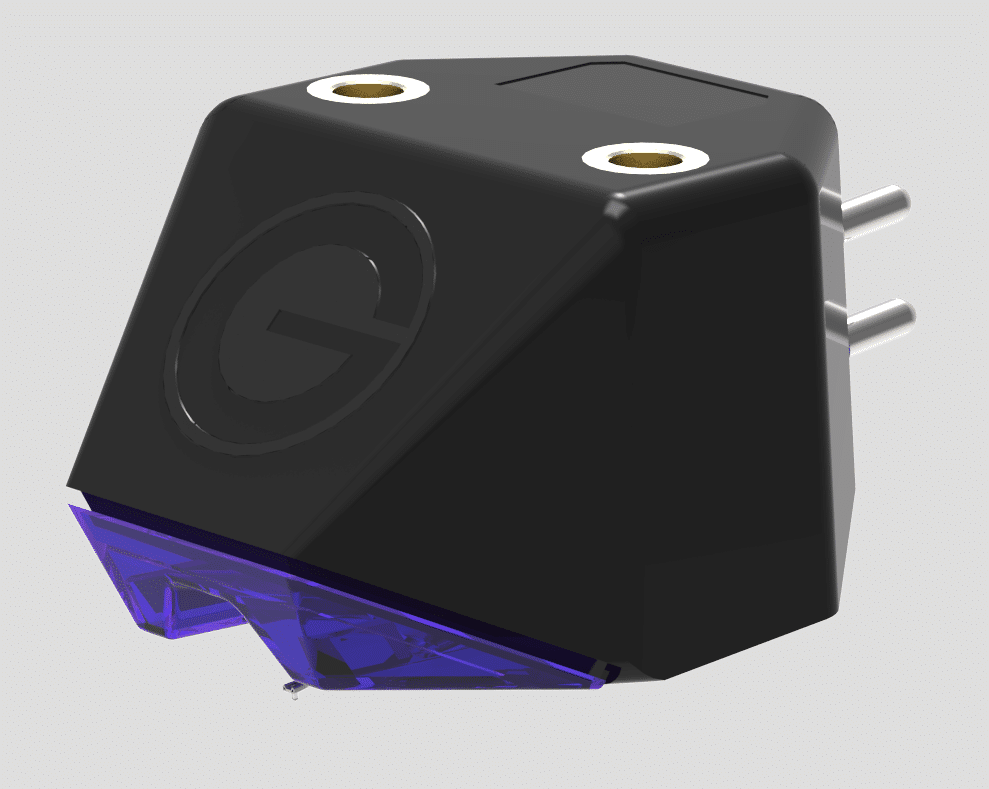
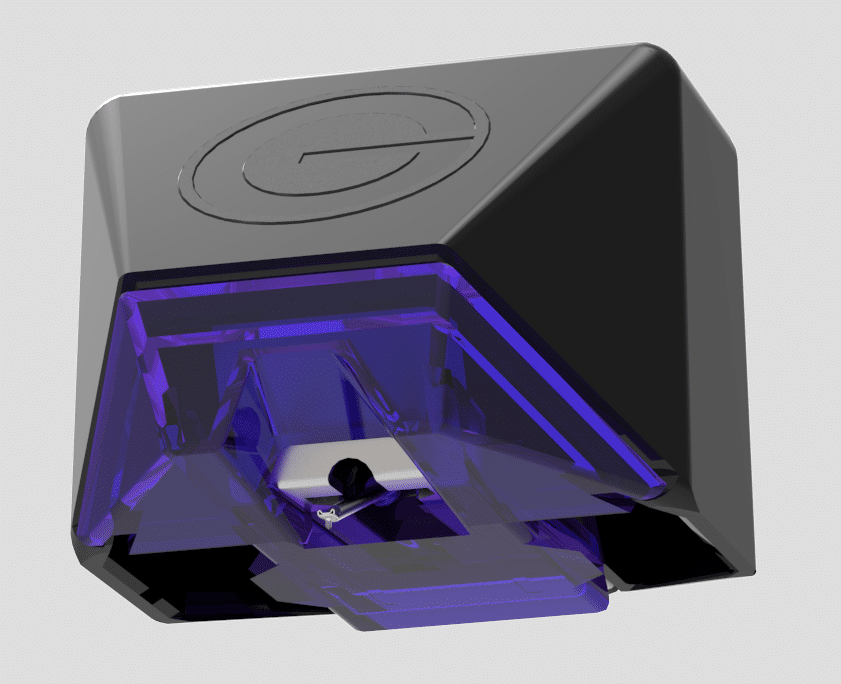
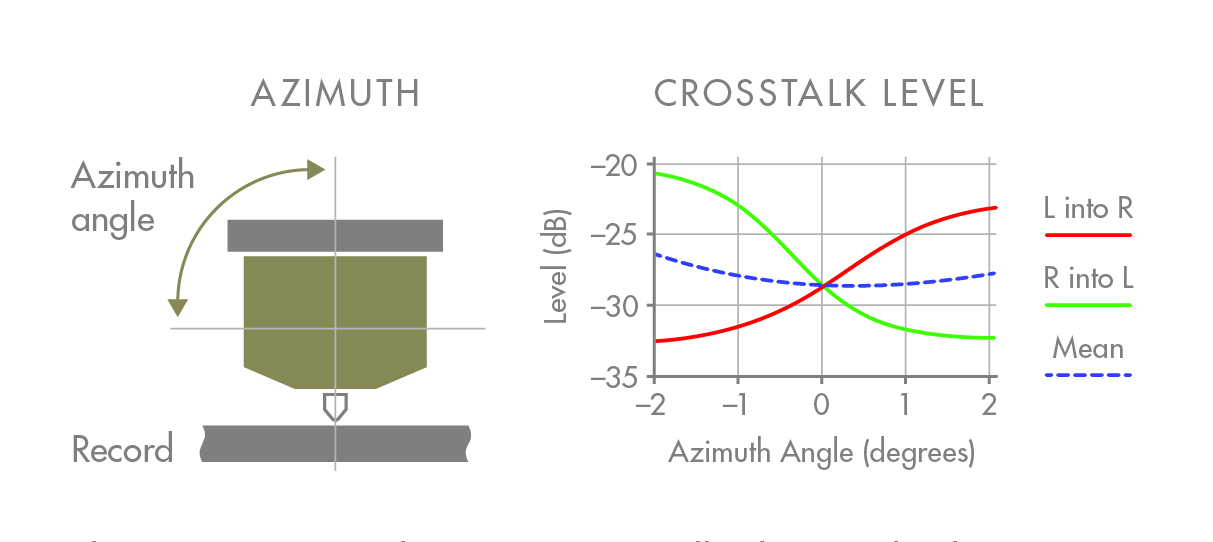
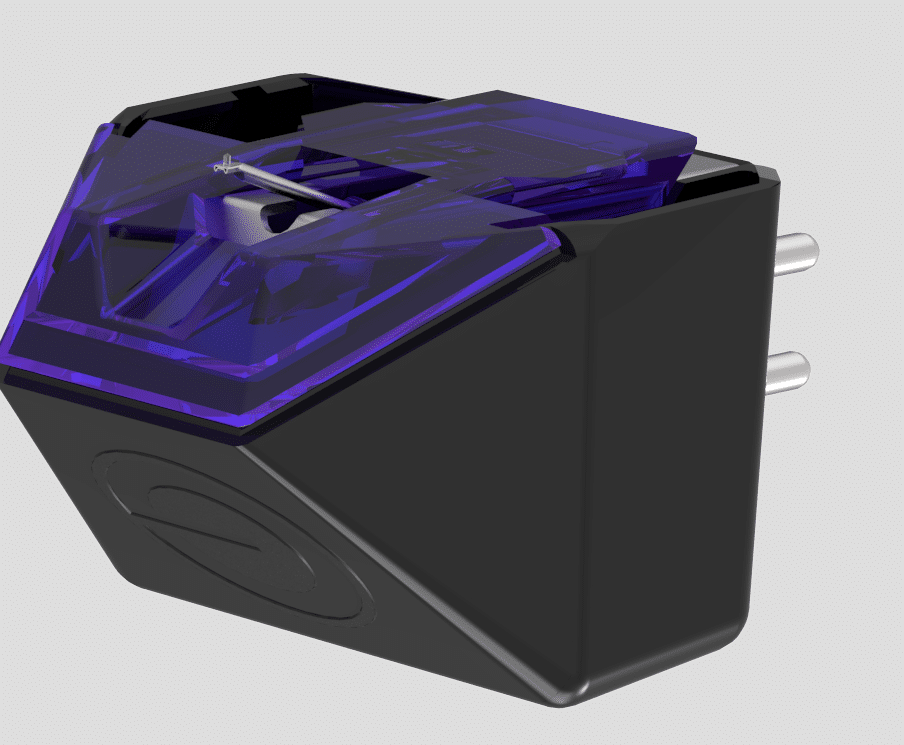
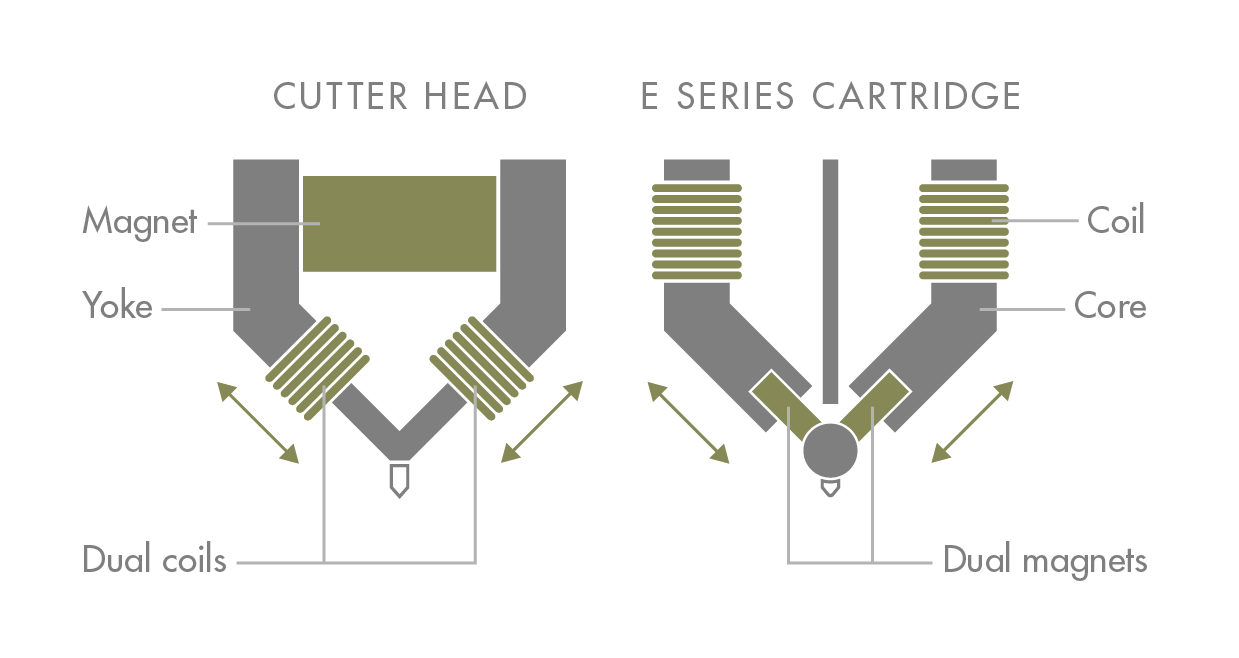
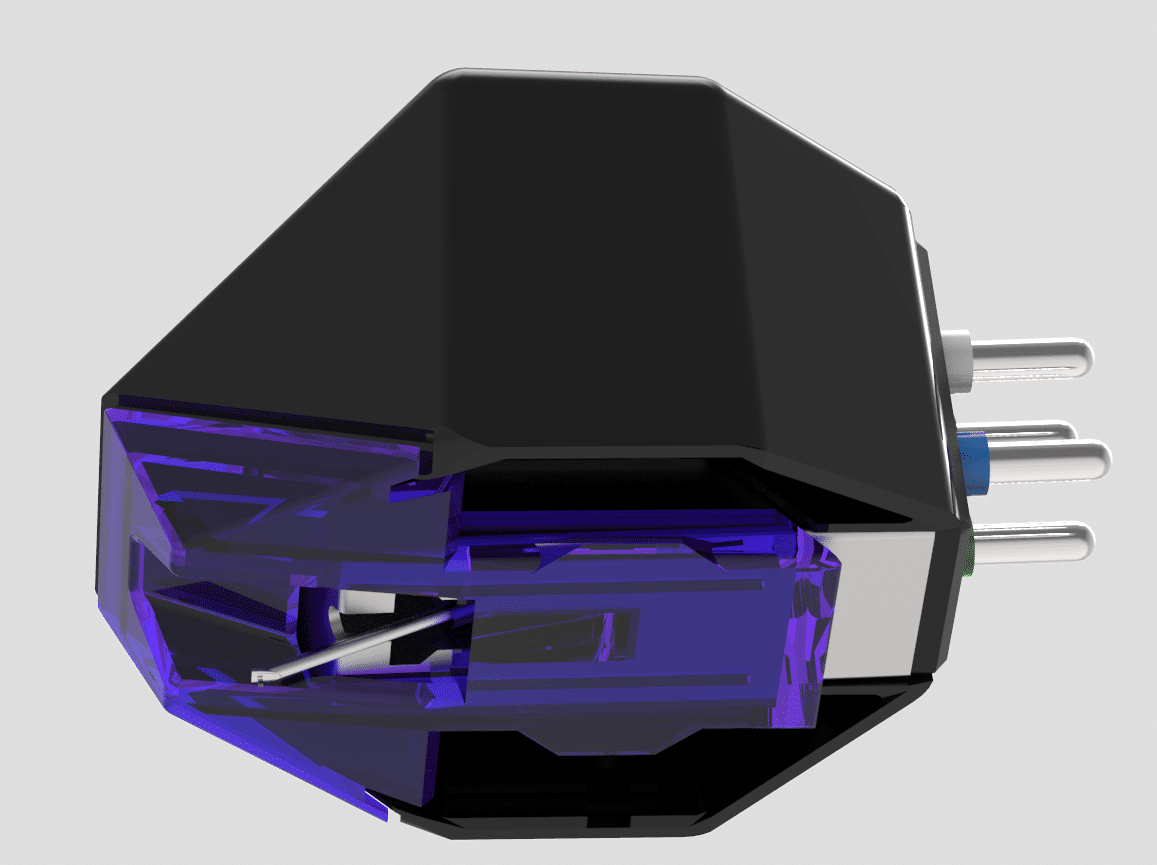
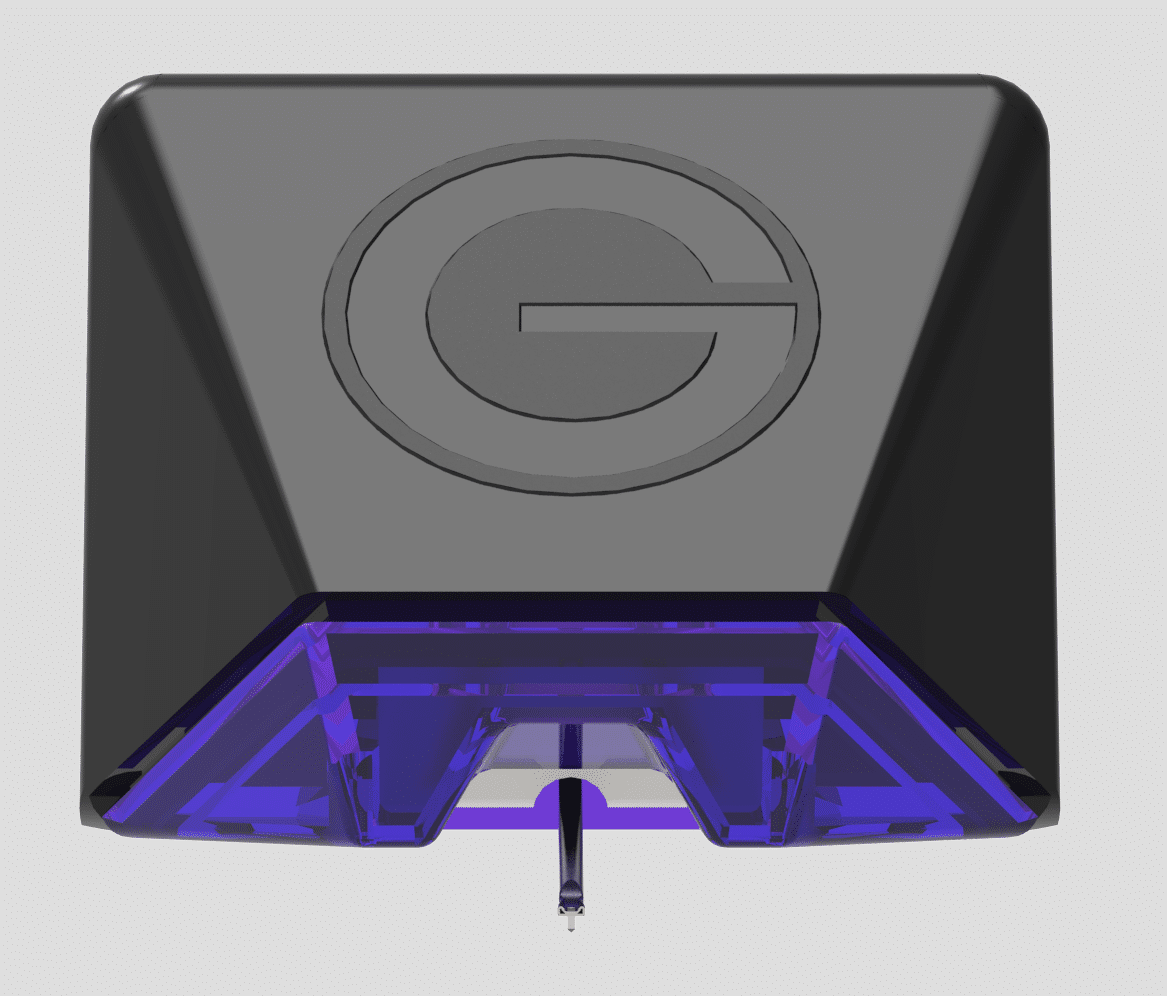
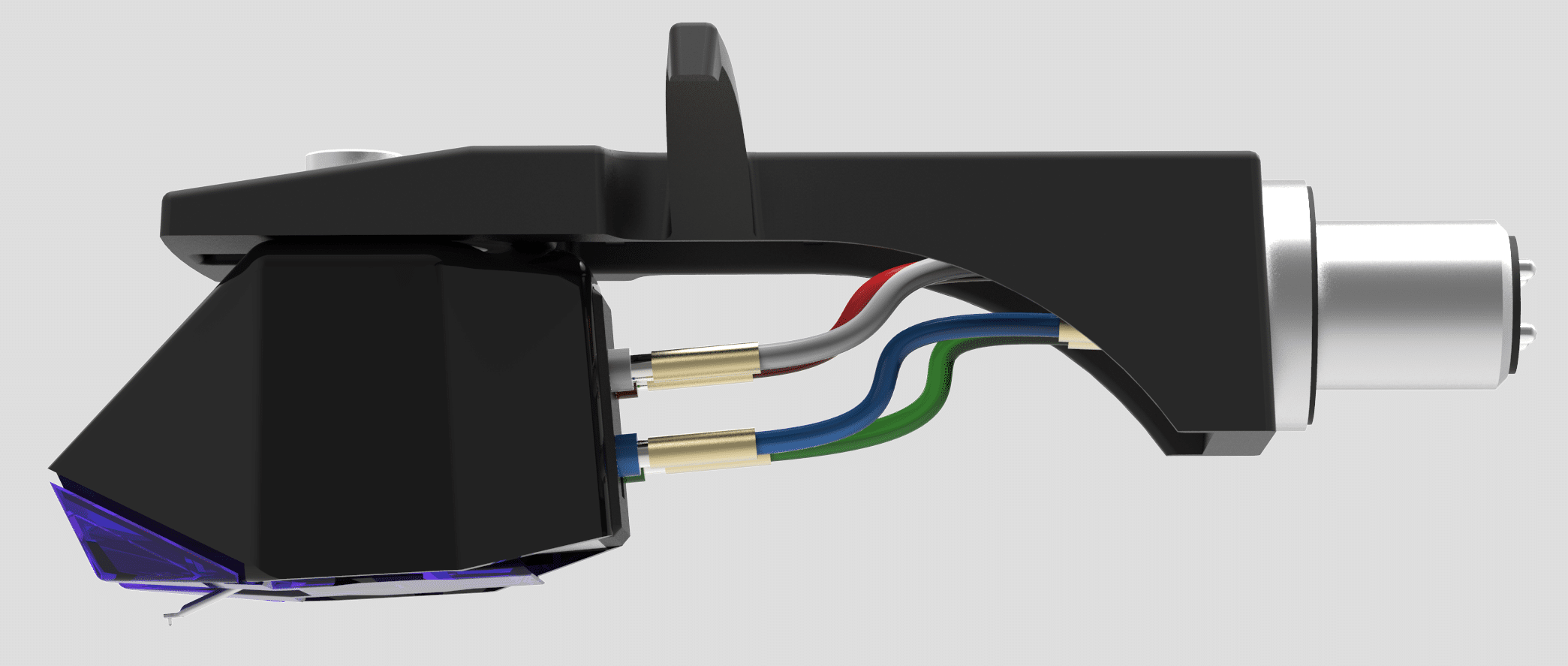
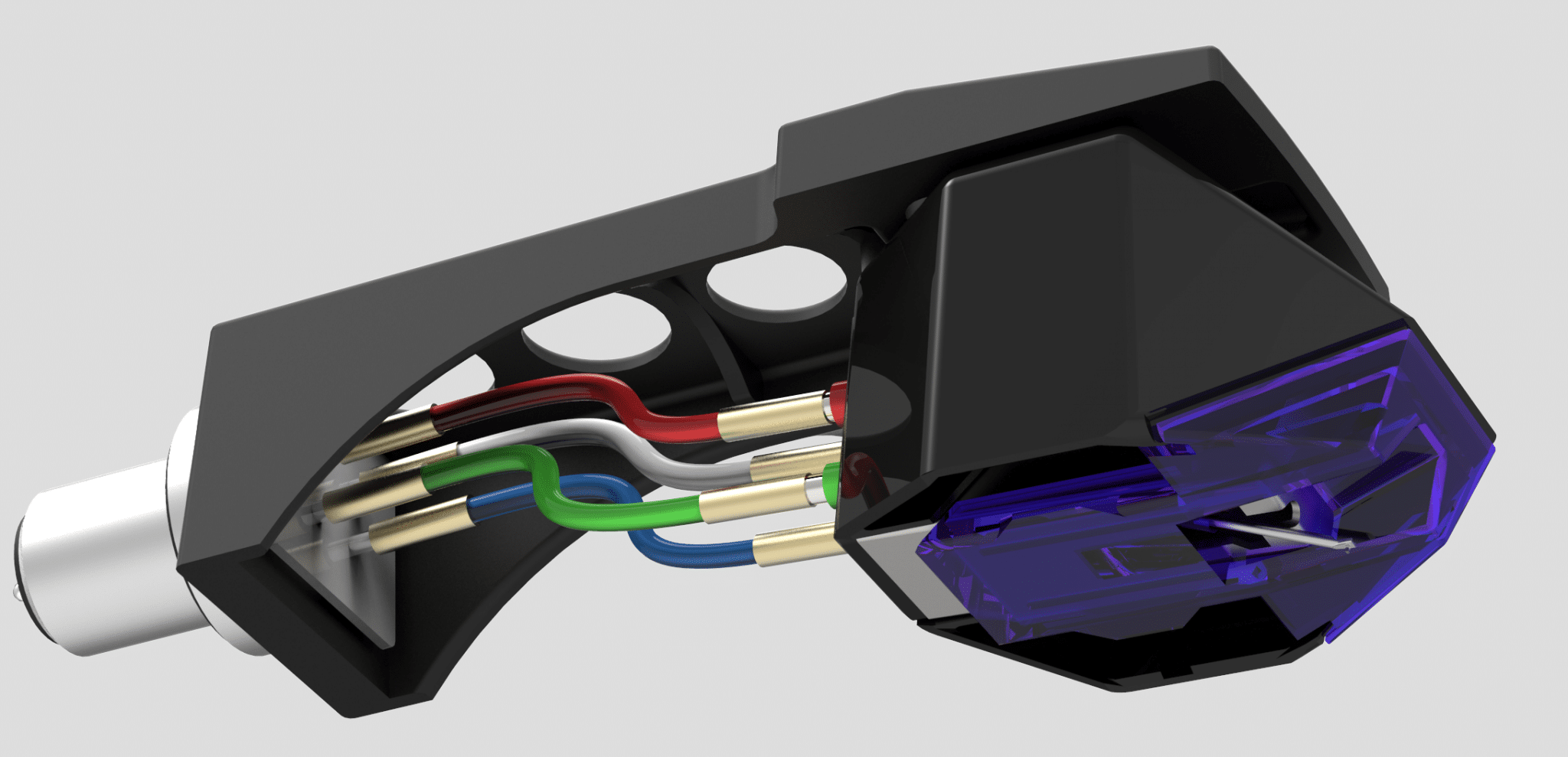
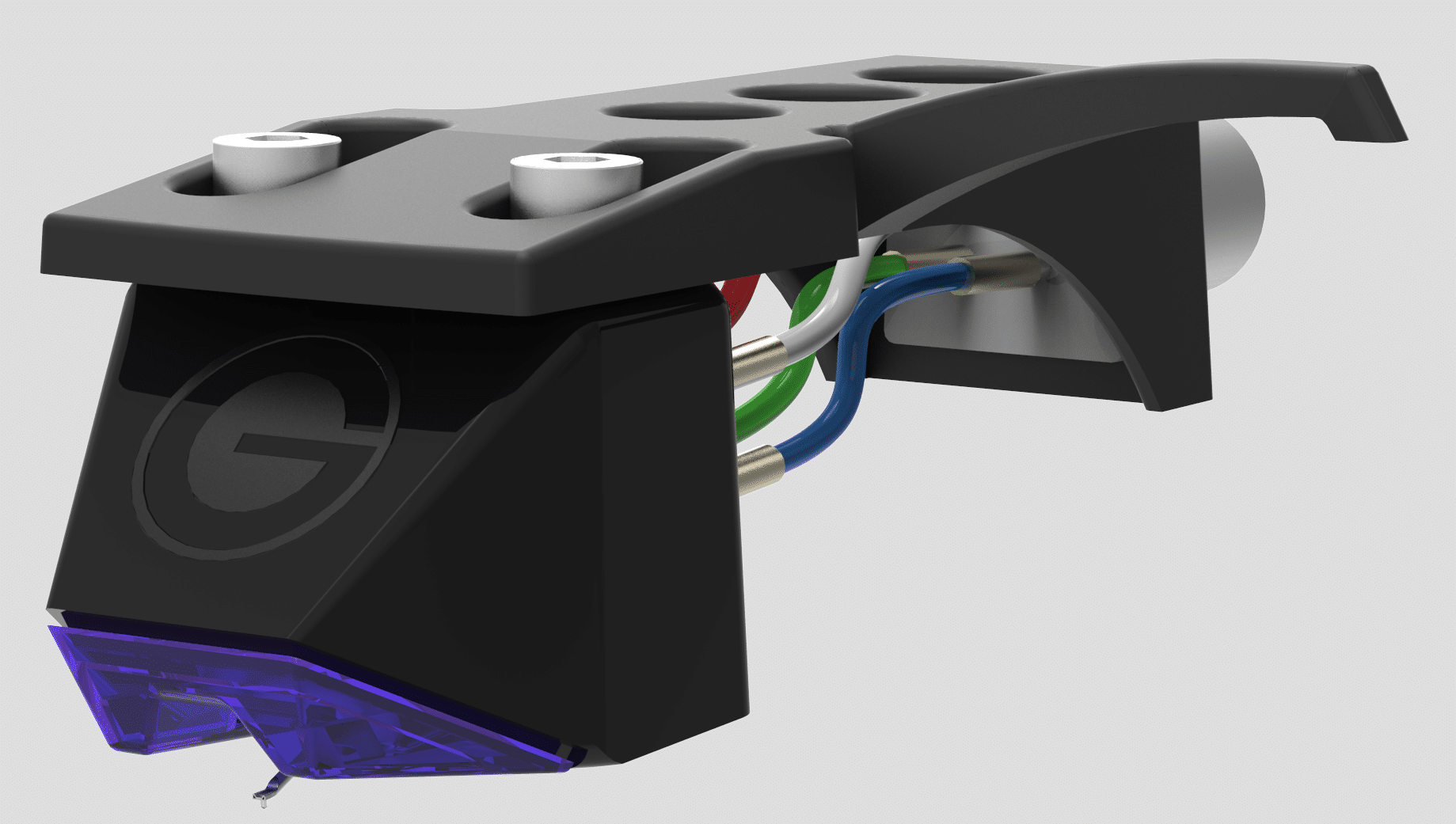
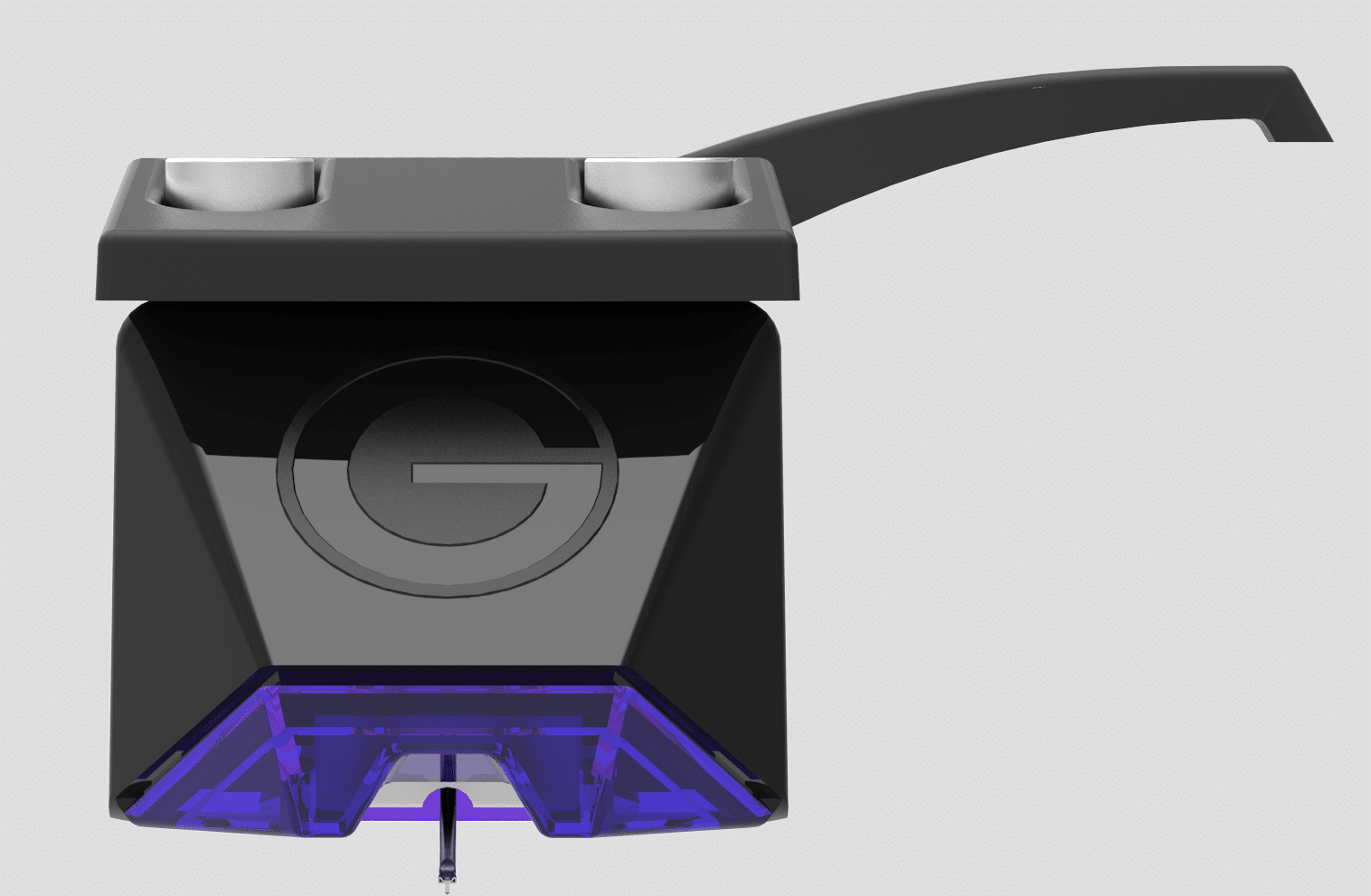
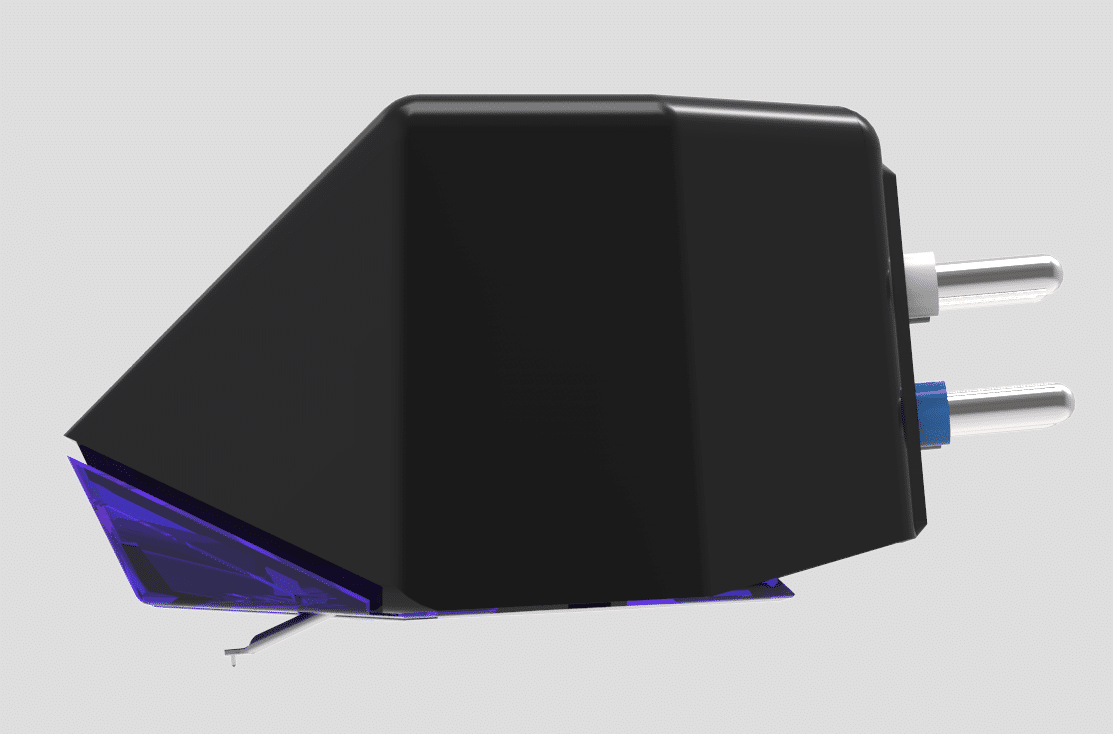



Hi Paul, I have an AT-LP5 deck with a AT95E fitted as standard, great sound and clarity from the AT95E but I was wondering if the Goldtring E3 would be a good up grade or would it just be a side ways move, or one of the new AT VM series around the same price or even an Nagaoke MP-110?
To be honest? The better upgrade would be the turntable itself. Are the LP5’s features very important to you or is sound quality the main thing? If it’s sound, then I would head for a Rega Planar 3 or a decent Pro-Ject at a low price than the Rega. Pro-Ject can also offer the same toys as the AT but done so in a far more elegant and socially superior fashion.
Hi Paul
How would this work with a Thorens TD 160 and a SME3009 arm? I was thinking a 2m blue, but the local shop is recommending the 3E.
Hmmm, I would venture to say that the E3 has a more insightful midrange than the Red/Blue engine. It’s close but you’d be saving cash going for the E3 and you won’t be disappointed. To be honest, though, I wonder if your under-selling the deck. Unless cash is the issue, I’d go for something better than both. A 2M Black, for example.
Hi Paul
Thanks for getting back to me so quickly. Sadly it is a cash issue. The shop, Planet of Sound in Toronto, is very honest. They were suggesting the Goldring 1006. I was thinking the Nogoaka MP 150 (a tad cheaper than the 1006). The rest of the system is an original Rega Brio and Totem Mites. Great soundstage, imaging and detail. Are we talking a noticeable difference between E3 and the more expensive cartridges?
Hi Alan – If cash is the thing then the E3 is the best budget cart out there for the price. It also worries higher priced models so, yep, go for that. Here’s a review link, in case you need it: https://theaudiophileman.com/goldring-e3/
Hi Paul
Thanks for thinking about my budget. Last email. If there was an appreciable difference between the Goldring E3 and the Goldring 1006 or the MP 150 I would go for the better cartridge. I don’t have your experience in this area. My TD 160 currently has an ortofon VMS with a third party stylus on it. Any of the above would be an improvement.
All good quality carts – go for the MP150 if you can afford it, Alan.
hello Paul,
Nice review. I was looking at replacing the cartridge on my Pro-ject Debut Carbon Esprit SB DC turntable and had been looking at putting a 2M Blue on to replace the stock 2M Red. But then I started reading about the Goldring 3E and it sounds like it produces a nicer sound for roughly the same cost.
I’m not sure if you’ve used the table I have or not, but would you recommend the 2M Blue or the Goldring 3E or would that table benefit more from a slightly pricier cartridge like the 2M Bronze or the Dynavector DV-10X5 or Denon DL-110? I am just not sure at what point the cartridge just won’t make that big of a difference and a new table is the way to go.
For example, assuming I win the lottery, would a Koetsu Blue Lace Onyx Platinum cartridge (a $22,000 cartridge) be completely pointless in the Pro-ject Debut Carbon Esprit SB DC (a $600 table)? I imagine so, so I also expect there to be some upper limit with the table and likely tonearm. But I’m still relatively new to all this stuff and just want things to sound nicer.
Thanks for your kind comments Brian and you’re spot on in terms of limits. Hence, for your turntable, I’d avoid MC carts. I don’t think the Esprit’s bearings can cope. I prefer the E3 to the Red but the Blue *should* really be better still (although I have yet to compare the two). Try to seek a demo, if you can.
Hi Paul,
Thank you for your thorough and great review of the E3.
I’m having a bit of “dilemma”. I currently run a AT440mla which I love for its tracking but also which I don’t love so much for its thin sound.
Been reading about the Goldring 1042 and the 2500 because I’m looking for a microline stylus on a cartridge that produces a “fatter” sound than the AT. I like the AT a lot, but it can be too bright sometimes.
But reading your review about the E-3 and listening to some videos of it on YouTube (of course I know it’s not ideal) I was amazed with the sound quality and the punchiness of the cart.
I know that I would be downgrading from a stylus tip point of view, since the microline is much more refined than the ellyptical.
So my question is: how does the E3 track? Do you think that, being used to the at440mla, I would suffer too much with sibilance?
Thanks for any advice!
Have a great day.
Hi Felipe – I had no issues in tracking or sound quality or brightness with the E3. I would heartily recommend it. That said, you’re At is, what ¬£200? What is your budget for the new cart?
Hi Paul, thank you very much for your answer! My original budget is around 300 pounds, but if someone actually guaranteed me that either the 1042 or the 2500 track as well as the 440mla with a fuller sound, I’d definitely be willing to spend a little more.
Good to know you had no tracking issues with the E3, as it seems to me a very good option if I don’t want to spend as much. “problem” is that I have a lot of old records which sound lovely with the microline stylus of the 440. And I’m afraid I’ll have that dreadful IGD back with an ellyptical… What do you think? did you have the chance to play any old record with the E3? How did it go?
Thank you so much!
Most of my collection are old records, Felipe 🙂 There’s more to tracking than just the stylus tip shape. The entire design plays a part so please don’t make a judgement based purely on the ‘tip’. For example, here’s a very expensive cart which showed tracking issues but the overall design of the cart was the issue: https://theaudiophileman.com/van-den-hul/
For £300 Рthis example with a nude fine line stylus might be one to consider: https://www.henleyaudio.co.uk/products/2M-Bronze?DepartmentIds=1&BrandIds=1
Thank you very much for your enlightening answer, Paul! Yes, maybe I’ve been worrying too much about the tip and not so over the whole cart. I considered the Bronze in the past, but I’ve already had three ortofons and didn’t like them very much, the 2M red on my table was a disaster… OF COURSE the bronze is another league, I’m sure, it must track as well as the AT. But after viewing lots of reviews and forums – and I know I’m changing my original opinion here, but… what do you think of the Goldring 100 series? I’ve just watched a video of the 1006 and even though it’s the “budget” elliptical only (my mistake again!) of the line, it sounded very cool and apparently tracking well. So what do you think> The 1042 seems to be a beast, but also very expensive. Should I try something like the 1006 or 1012? Have you had any experience with those carts? Thanks again!!
I would get the most expensive cart on that list that you can afford, Felipe. They are all good and have increasing abilities governed by cost so you need to discuss the issue with your wallet 🙂
Thanks for the review. I’m also interested in knowing about the spacer question. Don’t want to mess with them if not necessary.
In the US, the E3 is $175, which is just shy of an Ortofon 2M Blue. The Blue uses a nude elliptical vs. a bonded elliptical on the E3. So at least on this side of the Atlantic, it’s probably not price-competitive. But sounds like a good deal for you guys.
Hi Joel
I tried the E3 on a Rega and used spacers during my review because the E3 spans around 18mm in height to the stylus tip (as does the Ortofon 2M Red which I also used) whereas the Rega cart is about 13mm. If you’re able, I’d be interested to hear what you think of the E3 without spacers on the Rega. I have heard, more recently, that the Rega with a taller cart works fine without spacers and, for a turntable at that price, all of this spacer malarky is not what it’s cracked up to be. Haven’t tested the theory myself, though…
In addition to the above, Rega does say this, “Arm height or V.T.A adjustment can be a controversial subject. Rega believes that the integrity of the arm fixing onto the arm mounting board is much more important than the questionable facility of arm adjustment. The arm should be reasonably parallel to the record surface or slightly lower at the mounting. The only time a spacer is necessary to raise the arm height is if the rear of a cartridge is hitting the record whilst playing.”
Hence, Rega is saying that spacers don’t really matter. Or that spacers are not as important in their arms as many users think they are.
I’m 99% sure that the E3 does *not* hit the record so, if you follow Rega’s advice, buy an E3 and forget all about the spacers. If the spacer is important to you, check out this link: http://www.rega.co.uk/arm-height-adjustment-spacer.html.
Hi Paul thanks for the review, excellent insight of this cartridge, totally sold and will be buying one. I will be replacing it with my 4 year old AT100E which is good but wanted something new for the price, but also it will go on my 1978/79 Pioneer PL-514X which i will not be upgrading now as its still a lovely entry vintage turntable. I also want to buy a new separate phono stage that will replace my Cambridge Audio Topaz SR20 with built in phono stage which also is good but need to turn up the knob fully to get a decent sound. My question is (if you can help me) which phono stage would you recommend for the Goldring E3: Cambridge Audio CP1 or Edwards Audio Apprentice MM?
Many thanks Erkan – what’s your budget for the phono?
Hey paul thanks for the reply. My budget is ¬£100 hence why I have been looking at the cambridge audio cp1 and edward’s audio apprentice mm.
Hi Erkan – both are nice but also factor in the Rega Fono: https://www.amazon.co.uk/Rega-Fono-Mini-A2D-Pre-Amplifier-black/dp/B0072RZ95U
Thanks!!! The Rega looks nice and has an input capacitance of 100pF bit less than Edwards Audio..Hmmm which one to choose ? LOL
Both are good – I’d lean towards the Rega a bit, though.
Thanks Paul, much appreciated. Nice chatting to you and Keep up the excellent reviews, one of the best i have seen. All the best.
Erkan
Many thanks Erkan.
Hey Paul one last thing. If i was to push the price range up a bit, what do you think about the Schiit Mani?
Here’s my thoughts Erkan: https://theaudiophileman.com/schitt-mani/
Again thanks for the review Paul i might just pay a bit more and buy the Schiit Mani as I’m sure it is a bit more robust and powerful phono stage compared to Rega Fono.
It is top quality, I agree.
Hey paul just one more question and I won’t bother you too much again lol. Ok so I have a 1979 Pioneer pl-514x which I bought 5 years ago refurbished and still sounding great with a Audio Technica AT100E cartridge I fitted. After reading your review on this Goldring cartridge I want to upgrade to it as I find the AT100E bit too bright. Is it worth it upgrading to the Goldring E3 and fitting it on my vintage pioneer or buying a brand new turntable altogether?
Hi Erkan – I’m unfamiliar with the sound of the Pioneer but I do know that it’s not the best deck in the world. A Planar 3 is superior, for example. That said, if you like your Pioneer, then stick with it, by all means. Your enjoyment is the main thing here.
Are you sure the cart is the cause of the brightness, incidentally? Your comment surprises me.
Botton line? I would stick with what you have and save any serious cash for a turntable/cart upgrade further down the line. If you want to enhance the performance of the Pioneer, I would look at mods including isolation feet, platter mat, stabiliser, etc.
Hello Paul,
I´m looking after a new cartridge for my Rega Planar 2. So far I´m looking after the Nagaoka MP 110, the Shure M97XE and the Goldring E3. Which one is the best?My dealer says that the Shure is better than the Nagaoka, but doesn´t know the Goldring.
Thanks for your question Nuno. The E3, the latest cart in your list, is the best available cartridge for ¬£100 and under. I’d go for that one.
Hello Paul, I’m from Brazil and here things are not so accessible. I have a Gemini XT1800 Q II, and I’m thinking of upgrading to a Nagaoka MP110 or ebay buy a Goldring E3, what I recommend to do, change the Turntable and which of the cartridges you recommend. connected on a Yamaha A-S501.
Tks
Thanks for the question, Eduardo. I would not upgrade the cartridge for the Gemini, though. I’d strongly recommend upgrading the turntable first.